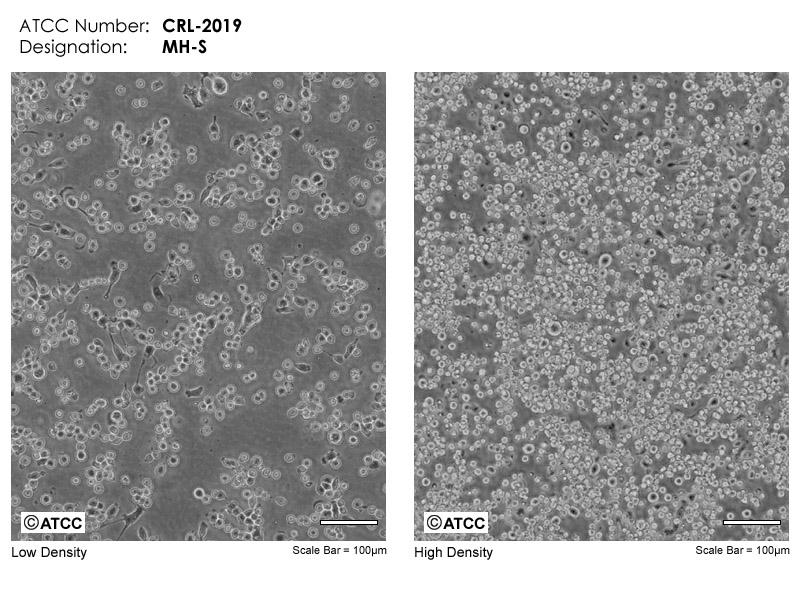- Cell, in biology, the basic membrane-bound unit that contains the fundamental molecules of life and of which all living things are composed. A single cell may be a complete organism in itself, such as a bacterium, or it may acquire a specialized function, becoming a building block of a multicellular organism.
- That’s kind of like what happens during a sickle cell crisis.Red blood cells are usually round and have some give to them - their shape lets them move easily throughout your body.
- Welcome to a better wireless experience with UScellular™. Find phones, plans, and accessories and enjoy the highest network service of any national carrier.
Researchers hope stem cells will one day be effective in the treatment of many medical conditions and diseases. But unproven stem cell treatments can be unsafe—so get all of the facts if you’re considering any treatment.
Stem cells have been called everything from cure-alls to miracle treatments. But don’t believe the hype. Some unscrupulous providers offer stem cell products that are both unapproved and unproven. So beware of potentially dangerous procedures—and confirm what’s really being offered before you consider any treatment.

The facts: Stem cell therapies may offer the potential to treat diseases or conditions for which few treatments exist. Sometimes called the body’s “master cells,” stem cells are the cells that develop into blood, brain, bones, and all of the body’s organs. They have the potential to repair, restore, replace, and regenerate cells, and could possibly be used to treat many medical conditions and diseases.
Join our newsletter for the latest deals, tech, and more from UScellular. We set Cookies on your web browser when you visit our website. These Cookies collect information that may describe you, your device or your web browsing activity. We then use this information to improve our website and to provide you with a great user experience. Please scroll down if you’d like to read more about.

But the U.S. Food and Drug Administration is concerned that some patients seeking cures and remedies are vulnerable to stem cell treatments that are illegal and potentially harmful. And the FDA is increasing its oversight and enforcement to protect people from dishonest and unscrupulous stem cell clinics, while continuing to encourage innovation so that the medical industry can properly harness the potential of stem cell products.

To do your part to stay safe, make sure that any stem cell treatment you are considering is either:
- FDA-approved, or;
- Being studied under an Investigational New Drug Application (IND), which is a clinical investigation plan submitted and allowed to proceed by the FDA.
Stem Cell Uses and FDA Regulation
The FDA has the authority to regulate stem cell products in the United States.
Today, doctors routinely use stem cells that come from bone marrow or blood in transplant procedures to treat patients with cancer and disorders of the blood and immune system.
With limited exceptions, investigational products must also go through a thorough FDA review process as investigators prepare to determine the safety and effectiveness of products in well-controlled human studies, called clinical trials. The FDA has reviewed many stem cell products for use in these studies.
As part of the FDA’s review, investigators must show how each product will be manufactured so the FDA can make sure appropriate steps are being taken to help assure the product’s safety, purity, and strength (potency). The FDA also requires sufficient data from animal studies to help evaluate any potential risks associated with product use. (You can learn more about clinical trials on the FDA’s website.)
That said, some clinics may inappropriately advertise stem cell clinical trials without submitting an IND. Some clinics also may falsely advertise that FDA review and approval of the stem cell therapy is unnecessary. But when clinical trials are not conducted under an IND, it means that the FDA has not reviewed the experimental therapy to help make sure it is reasonably safe. So be cautious about these treatments.
About FDA-approved Products Derived from Stem Cells
The only stem cell-based products that are FDA-approved for use in the United States consist of blood-forming stem cells (hematopoietic progenitor cells) derived from cord blood.
These products are approved for limited use in patients with disorders that affect the body system that is involved in the production of blood (called the “hematopoietic” system). These FDA-approved stem cell products are listed on the FDA website. Bone marrow also is used for these treatments but is generally not regulated by the FDA for this use.
Safety Concerns for Unproven Stem Cell Treatments

All medical treatments have benefits and risks. But unproven stem cell therapies can be particularly unsafe.
For instance, attendees at a 2016 FDA public workshop discussed several cases of severe adverse events. One patient became blind due to an injection of stem cells into the eye. Another patient received a spinal cord injection that caused the growth of a spinal tumor.
Other potential safety concerns for unproven treatments include:
- Administration site reactions,
- The ability of cells to move from placement sites and change into inappropriate cell types or multiply,
- Failure of cells to work as expected, and
- The growth of tumors.
Note: Even if stem cells are your own cells, there are still safety risks such as those noted above. In addition, if cells are manipulated after removal, there is a risk of contamination of the cells.
FDA Actions on Unapproved Stem Cell Products
When stem cell products are used in unapproved ways—or when they are processed in ways that are more than minimally manipulated, which relates to the nature and degree of processing—the FDA may take (and has already taken) a variety of administrative and judicial actions, including criminal enforcement, depending on the violations involved.
In August 2017, the FDA announced increased enforcement of regulations and oversight of stem cell clinics. To learn more, see the statement from FDA Commissioner Scott Gottlieb, M.D., on the FDA website.
And in March 2017, to further clarify the benefits and risks of stem cell therapy, the FDA published a perspective article in the New England Journal of Medicine.
The FDA will continue to help with the development and licensing of new stem cell therapies where the scientific evidence supports the product’s safety and effectiveness.
Advice for People Considering Stem Cell Therapies
Rudolf Virchow Cell Theory
Know that the FDA plays a role in stem cell treatment oversight. You may be told that because these are your cells, the FDA does not need to review or approve the treatment. That is not true.
Stem cell products have the potential to treat many medical conditions and diseases. But for almost all of these products, it is not yet known whether the product has any benefit—or if the product is safe to use.
If you're considering treatment in the United States:
- Ask if the FDA has reviewed the treatment. Ask your health care provider to confirm this information. You also can ask the clinical investigator to give you the FDA-issued Investigational New Drug Application number and the chance to review the FDA communication acknowledging the IND. Ask for this information before getting treatment—even if the stem cells are your own.
- Request the facts and ask questions if you don’t understand. To participate in a clinical trial that requires an IND application, you must sign a consent form that explains the experimental procedure. The consent form also identifies the Institutional Review Board (IRB) that assures the protection of the rights and welfare of human subjects. Make sure you understand the entire process and known risks before you sign. You also can ask the study sponsor for the clinical investigator’s brochure, which includes a short description of the product and information about its safety and effectiveness.
If you're considering treatment in another country:
- Learn about regulations that cover products in that country.
- Know that the FDA does not have oversight of treatments done in other countries. The FDA typically has little information about foreign establishments or their stem cell products.
- Be cautious. If you’re considering a stem cell-based product in a country that may not require regulatory review of clinical studies, it may be hard to know if the experimental treatment is reasonably safe.
Alphonse “Scarface” Capone got his first taste of prison life in Philadelphia.
He stopped in Philadelphia while traveling from Atlantic City back to his home in Chicago in May, 1929. He was arrested outside a movie theater for carrying a concealed, unlicensed .38 caliber revolver. The Philadelphia courts were tough.
They handed Capone the maximum sentence: one year in prison.
Capone served seven months of that sentence in this cell. But while the Philadelphia courts tried to make an example of Chicago’s famous bootlegger, the officials at Eastern State Penitentiary were very nice to Al Capone.
Us Cellular Customer Service
Philadelphia newspapers noted that Capone's cell contained fine furniture, beautiful rugs, tasteful paintings, and a fancy radio. He liked to listen to waltzes in his cell.
S Cell Phase
Capone’s arrest came at a time of escalating mob violence in Chicago, and he was often accused of hiding in prison intentionally. He spent thousands of dollars trying to get himself released, and he denied all his life that he came to Philadelphia to hide.
U.s. Cellular
Al Capone's Cell is on view during all public hours. Included with admission to the historic site.